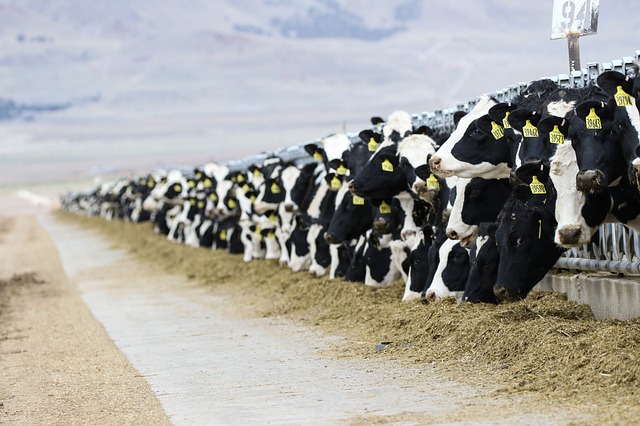The Laguna Bay Pastoral Company has made a significant move in the Tasmanian dairy sector, acquiring eight dairy farms via its Laguna Bay Agricultural Fund I at a value exceeding $50 million.
Each farm was bought from private families and retiring farmers. All within a 15 kilometer radius, they collectively milk 6,400 cows; however Laguna plans to raise this number to 10,000, with the milk being taken off by a single processor.
AFR reports that the fund has partnered with Ashley and Cherryllyn Ker to build up, operate, and develop a portfolio of Tasmanian dairy farms across the Circular Head region. Laguna’s dairy holdings in Tasmania encompass more than 4,000 hectares, and under the business name of 40 South Dairies, the farms are seeing returns from employing a low-cost grass and pasture-based production system.
First Acquisition
In early 2016, and with assistance by Brookvine, Laguna Bay held its first close of A$280 million for Fund I from North American investors including the Washington State Investment Board (WSIB).
The fund was launched targeting a corpus of $1 billion, and had established a ten-year timeframe with a minimum investment requirement of $10 million. At the time, in addition to land appreciation, the fund was targeting a minimum of 5 percent cash returns generated from operations on its portfolio of farms that will either be bought and leased to farmer-operators, directly owned and operated by the fund, or operated within a joint venture agreement with local farmers.
Targeted assets will have a wide spread across crops, geography, and water resources in order to reduce risk, with investments made in farms or clusters of farms involved in a range of agricultural production that carry a value of $25 million each or higher.
“It’s discretionary capital so we have a long time to spend the money,” Tim McGavin, co-founder and CEO of Laguna Bay told AFR in 2016. “There are plenty of deals out there for us. Interest in agriculture is strong. Everyone is chasing yield and agricultural property is a good returning asset class in a low yielding world.”
Laguna Bay Agricultural Fund I acquired its first asset in September of that same year – Banongill Station, a 6,880 hectare cropping and grazing operation in Victoria’s Western District. Included in the sale were 30,000 sheep, 2,400 head of Angus cattle, 1,500 hectares of winter cereal cropland, and all station equipment.
Not Without Challenges
McGavin told ABC that the capital raised for Laguna Bay was sourced from overseas investors, including the $129 billion Washington State Investment Board (WSIB). With commitments from a mixed group of offshore investors, the fund has reached $313 million to date, and remains open to scouting for additional opportunities to invest in Tasmanian agriculture through possibly horticulture, winery, or beef operations.
“It’s been devastating to me personally to set up Laguna Bay via overseas investment and not have one Australian investor for the agriculture sector,” McGavin told ABC.
“Our capital is locked in for very long periods of time, there’s no redemption, and the money for this project has been sourced from North American pension funds.”
Another challenge, aside from a lack of Australian capital, according to McGavin, has been strict regulations being imposed by the country’s Foreign Investment Review Board (FIRB), telling AFR, “The new FIRB 30-day marketing rules all make this type of investment very difficult,” adding, “I think it will mean that we get less farming aggregations like this in Australia, and Australia will suffer from scale problems, especially as farmers get older and more family farms are sold.”
-Lynda Kiernan

